Sharing their sustainability initiatives was already at the heart of these previous wins so it’s unsurprising that this year’s award focused on their communication around their passion for the environment. Chateau de Reignac has a lot to share, both the environment and tourism are at the heart of the Valelots philosophy since they bought the property in 1990.
Biodiversity
Château de Reignac is in the heart of Entre deux Mers, one of the most biodiverse regions of Bordeaux. It is a stunningly beautiful but often overlooked area, with rolling, vine clad hills that are part of mixed agriculture, interspersed with woodlands, streams, rivers and lakes.
This large property covers 145ha, of which 75ha is planted to vines. The remainder includes a large man-made lake, meadows, fallow fields wetlands and a park around the chateau that allow them to protect, encourage and monitor biodiversity.
Terroir Diversity
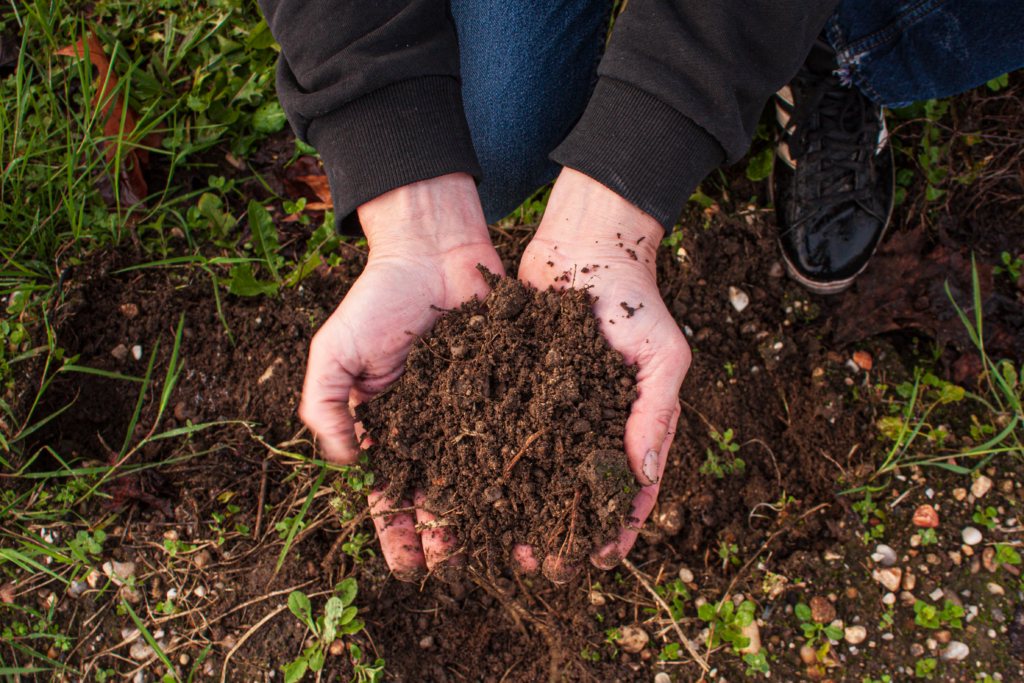
It’s size also brings a diversity of terroir. The highest outcrops of de Reignac’s vineyards are strewn with gravel similar to that found in the Medoc and Graves. Limestone and clay dominate other plots of the vineyard, a terroir associated with the top vineyards of Saint Emilion. Here at one property, you have the full range of Bordeaux soils and the grape varieties adapted to each terroir. It’s a mini Bordeaux all in one place.
Wetlands
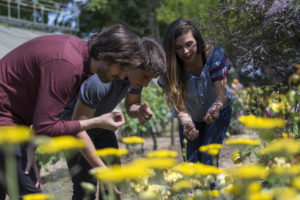
After buying the property, the Vatelot family created an 8.5ha lake, to help moderate temperature and prevent frost, but it also created a unique landscape and ecosystem. 6% of the estate land is left fallow for local flora to develop and the natural meadows are mowed twice a year for hay for a local shepherd. These uncultivated areas help reduce floods by acting as sponges during rainy periods creating wetlands that play a crucial role in the water cycle. It’s estimated that global wetlands harbour more than 40% of the planet’s animal and plant species and store twice as much carbon as forests.
Hedges, groves, woodland edges, rockeries and walls are all ecological refuges, home to nesting sites and food reserves for several species of animals and insects. Salamanders, newts, hares, deer, foxes, owls, bats are just some of the residents.
Experts
The chateau team has worked closely with experts to understand and improve this natural environment. Under the guidance of Jean Pierre Cousinié, a nutritional vine specialist, vine and soil analysis have led to plot by plot vine treatment,. Herbicides have been banned since 2010, and they have stopped ploughing that harms the soil fungi network, protecting the precious micro-organisms that maintain the life of the soil. Linen, mustard, clover and forage turnips are planted between the vines to increase biodiversity, grazed by sheep from the local shepherd that add their own contribution to soil fertility during the winter months. The resulting living soil is more resilient, better able to help the vine adapt to the challenges of each vintage.
Natural born predators
With INRA (The French National Institute for Agricultural Research), they have studied how to improve biodiversity with the objective of reducing vine treatments. This study highlighted the positive impact of the woods on the estate where some oak trees host a hyperparasite fungus that attacks oidium, a major problem for vines in the damp Bordeaux climate. Plots near the forest are also less susceptible to the grape worm, possibly due to the presence of bats that eat the butterflies that lay the eggs. Other helpful critters eat slugs, snails, leafhoppers, mealybugs, aphids and mites. They have learnt to respect the indigenous flora and fauna that in return protects the crop. Encouraging these connected habitats to flourish has created one big happy and biodiverse family.
Trees
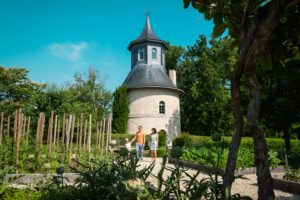
The 35ha forest at the centre of the property contains about thirty different local tree species and has been established here since the middle ages. This new understanding that reforestation is important for creating shadier microclimates, reducing temperature extremes and as a carbon sink, but also for biodiversity reinforced their reforestation campaign that plants at least ten indigenous trees every year.
The park around the chateau is also part of this green revolution, since 2014, the landscaping programme has kilometres of diversified vegetation across the estate and renewed green spaces to share with visitors.
Future proofing
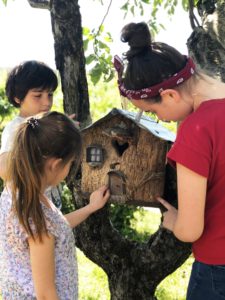
In 2010, they planted a bamboo forest, with 5 different species of bamboo to purify wastewater from the cellars that is also a carbon sink. In 2022, they invested further into frost protection with two electric wind turbines powered by wood pellet boilers with no particle emissions and last year, they introduced beehives to help pollinate this biodiversity.
Wine tourism and communication
The protection of and increase in biodiversity has developed in parallel with wine tourism, allowing them to share their journey with guests at the property.
The chateau
Built in the 16th century, the chateau at the centre of the estate was remodelled in the 18th and 19th century, there’s even a stunning greenhouse built by Gustave Eiffel of Eiffel Tower fame!
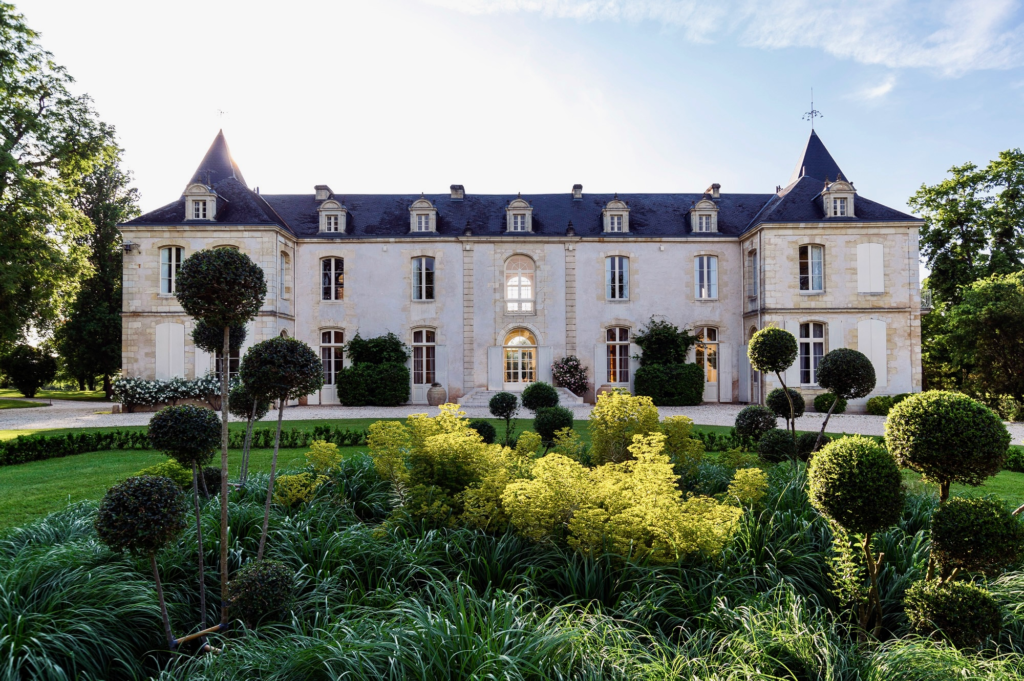
The Vatelot family have restored the chateau, gardens, park and outbuildings into a stunning property that welcomes guests all year long. In wine tourism they have found the perfect tool to share their passion for the terroir and how they protect it.
Château de Reignac invites guests to explore how the microclimate, human craftsmanship and the essential balance of biodiversity is reflected in the bottle, sharing their wines.
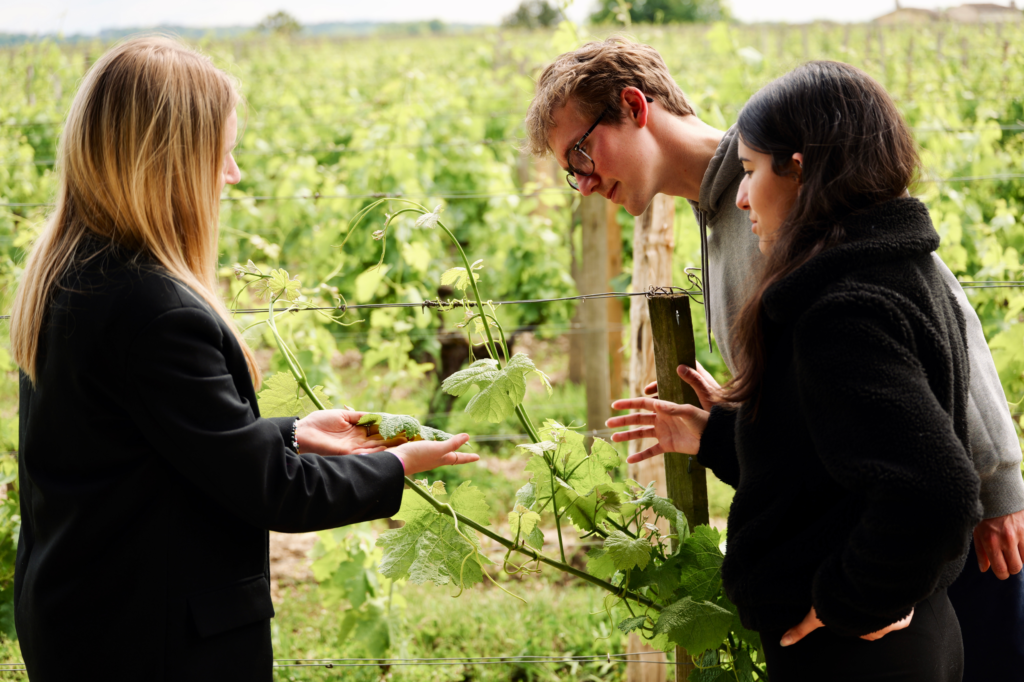
Tasters discover this passion for the terroir through three new ‘Terres de Reignac’ wines, Roule Cailloux is 100% Merlot grown on clay and gravel, P’tites Glaises is also 100% Merlot but from clay and limestone and the R de REIGNAC is 100% Cabernet Franc grown on a unique clay slope. These wines are served in the tasting tower, a XVI century converted dovecote.
My favourite tour is still the summer tour of the scented garden where plants have been selected for aromas that echo those found in the wines of the property. It’s the perfect interactive exercise to get the olfactory senses up and running before a wine tasting!
Family friendly, Chateau de Reignac, 2025 Best Of Wine Tourism regional winner in the category Sustainable Wine Practices, shares with guests of all ages the importance of protecting the natural environment. Important for making delicious wines, for the planet but also to share that this wonderful natural complexity can be both fascinating and fun.
Artcile's author: Wendy Narby - Insider Tasting Pictures' credits: ©ChâteaudeReignac et ©ClaudeClin Video's credits: ©fakhry_nader et ©schz.Farah